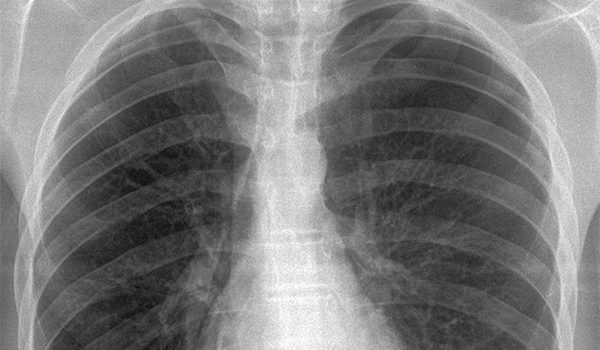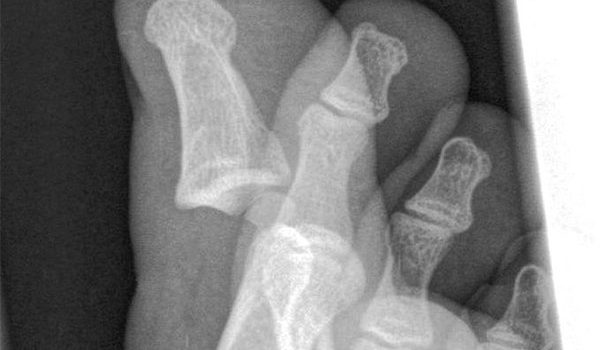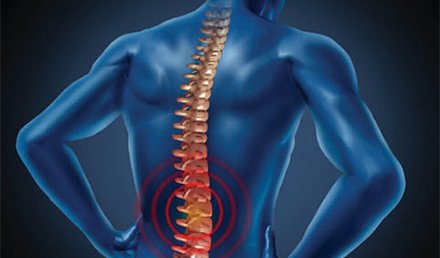


63-year-old female complaining of pain in throat
The patient, a 63-year-old female, complained of pain in her throat after eating fish. View the image taken and consider what your diagnosis would be.
Read More
9-year-old female suffering after a blow to her right hand
The patient, a 9-year-old female, presented after a blow to her right hand. View the image taken and consider what your diagnosis would be.
Read MoreDeveloping Data: July/August, 2012
These data from the 2010 Urgent Care Benchmarking Survey are based on responses of 1,691 US urgent care centers; 32% were UCAOA members. The survey was limited to “full-fledged urgent care centers” accepting walk-ins during all hours of operation; having a licensed provider and x-ray and lab equipment onsite; the ability to administer IV fluids and perform minor procedures; and having minimal business hours of seven days per week, four hours per day. In this …
Read MoreHospital Emergency Departments and Urgent Care Proximity, New vs. Established Patients using E/M Coding, Private Practice Urgent Care Coding
DAVID STERN, MD (Practice Velocity) Q. If a practice buys or opens an urgent care facility that is not in a hospital nor affiliated with a hospital, should we be using routine E/M codes for our visits? Secondly, do we have to follow the Emergency Medical Treatment and Active Labor Act (EMTALA) Guidelines? A. Yes. You should use the same E/M codes as used by the physician offices (990201-99215). EMTALA does not apply to urgent …
Read MoreAbstracts in Urgent Care: July/August, 2012
Doctor Panels Recommend Fewer Tests for Patients Key point: The American Board of Internal Medicine, in partnership with nine medical specialty groups, is urging physicians to perform 45 common tests and procedures less frequently. Citation: http://www.nytimes.com/2012/04/04/health/doctor-panels-urge-fewer-routine-tests.html?_r=1 An article in the New York Times notes that unnecessary treatment accounts for an estimated one third of medical spending in the United States. The initiative, called Choosing Wisely, is aimed at both physicians and patients. Among the tests …
Read MoreClinical Challenge: July/August, 2012
The patient, a 23-year-old male, presented with knee pain and trauma. View the image taken (Figure 1) and consider what your diagnosis would be. Resolution of the case is described of the next page.
Read MoreOn Rock Bands, Plane Crashes, SWAT Teams and Codes
JOHN SHUFELDT, MD, JD, MBA, FACEP I’ve had the great pleasure of seeing Bruce Spingsteen and the E Street Band perform live a number of times since the mid-70s. Yes, I started being a “groupie” while still in diapers (no, not Depends). What amazes me still is the obvious teamwork among band members and crew. Bruce can change an introduction, set list, or song on the fly by simply looking a certain way at Roy …
Read More
High-Risk Conditions Presenting as Back Pain (Part 4)
Urgent message: Back pain with incontinence and focal neurological changes are red flags for serious conditions. ERICA MARSHBURN, BS, BA, and JOHN SHUFELDT, MD, JD, MBA, FACEP Low back pain is a common presentation in the urgent care setting and it is important for providers to be aware of signs and symptoms that could indicate a more serious condition than nonspecific muscular pain. Be sure to make a thorough evaluation of your patients and pay …
Read More
Five Federal Employment Regulations Urgent Care Operators Need to Know (Part 1)
Urgent message: As employers and managers of people, urgent care operators are likely to encounter situations that invoke federal labor laws. ALAN A. AYERS, MBA, MAcc, Experity Urgent care centers are subject to a multitude of federal employment regulations and failure to comply with any of them could result in civil litigation or criminal penalties. Laws prohibiting discrimination, regulating wages and hours, permitting leave for military service and family or personal health issues, and affecting …
Read More